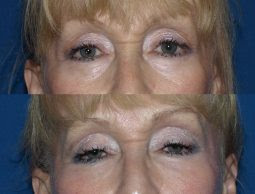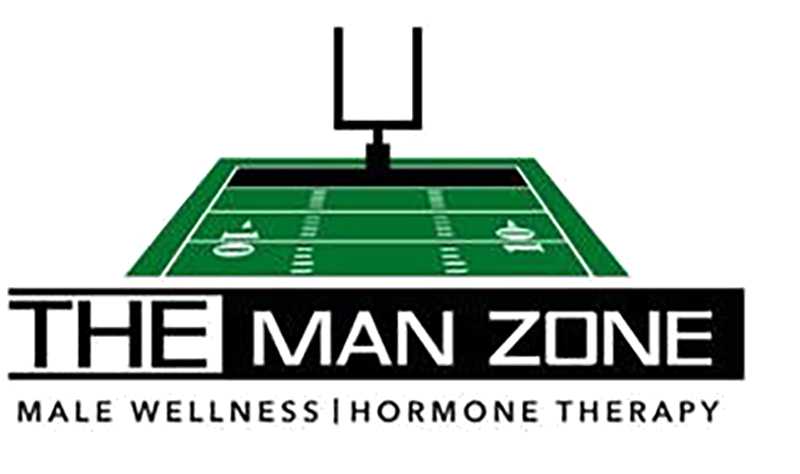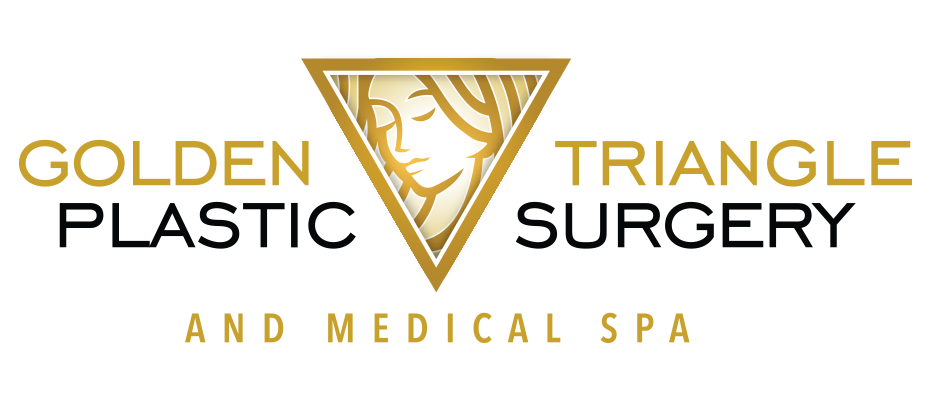Injectable fillers such as restylane and juvederm are becoming more and more popular for rejuvenating the areas around the upper and lower eyelids. Common complaints pertaining to these areas include: excess skin, wrinkling or “crepiness” of the skin, and hollow areas both above and below the eyes.
In the past, a patient’s only choice for “freshening” the eyes involved surgery. A classic upper eye lift or lower eye lift involves removing excess skin and/or muscle, as well as fat, to create a smoother, tighter lid area. However, we now know that a natural, youthful eye region must have appropriate volume; in a youthful face, one does not see boney margins and concavities around the eyes. Removal of tissue around the eyes must be done judiciously, with careful attention to preservation or even augmentation of volume in these areas. Indeed, fat transfer or grafting around the eyes is done very commonly along with eyelid lifting in our practice.
So can one skip the surgical “lifting” altogether and just treat the eyes with adding some extra volume? In some cases, the answer is yes.
In some patients, the eyes are showing their age mainly due to loss of fat around the eyes. In these cases, by injecting restylane around the eyes, we can restore volume and thereby lift and even tighten the overlying skin. The extra volume from the filler “pads” the bone around the eye, creating the softer appearance of youth.
The patient below had Restylane injected to the lower eyelid “groove”:
Interestingly, we are finding that injected hyaluronic acid-based products such as restylane and juvederm persist in the skin for up to several years. While patients may return in 9-12 months for additional plumping in constantly-moving areas such as the lips or smile lines, the eyelid region tends to retain the product much longer. Patients may go for 1-2 years or longer without needing a touchup in these areas. Should the patient or doctor decide that the filler is undesirable for some reason, it can be dissolved by injecting a material called hyaluronidase into the skin.
And what are the risks of injecting fillers around the eyes? Complications such as bruising or lumpiness may occur, both of which either resolve on their own or with limited intervention. Overfilling is a possibility, but completely reversible with hyaluronidase. There is a remote possibility that filler may occlude a small blood vessel causing damage to surrounding tissue, but this can be reduced by using small needles and injecting slowly and carefully.
Overall, injectable fillers are proving to be a powerful tool for rejuvenation the eyelid regions without need for surgery or downtime. We expect this office procedure to grow more and more popular in 2011.
But is the Eyelid Lift being replaced? Not completely. Some patients will always benefit from skin removal or other surgical intervention- with or without addition of volume. However, for many of us, injectable fillers may indefinitely postpone or improve the results of a surgical lift. As with any other procedure it is important to choose an experienced and skilled injector to achieve the best results around the eyes.



